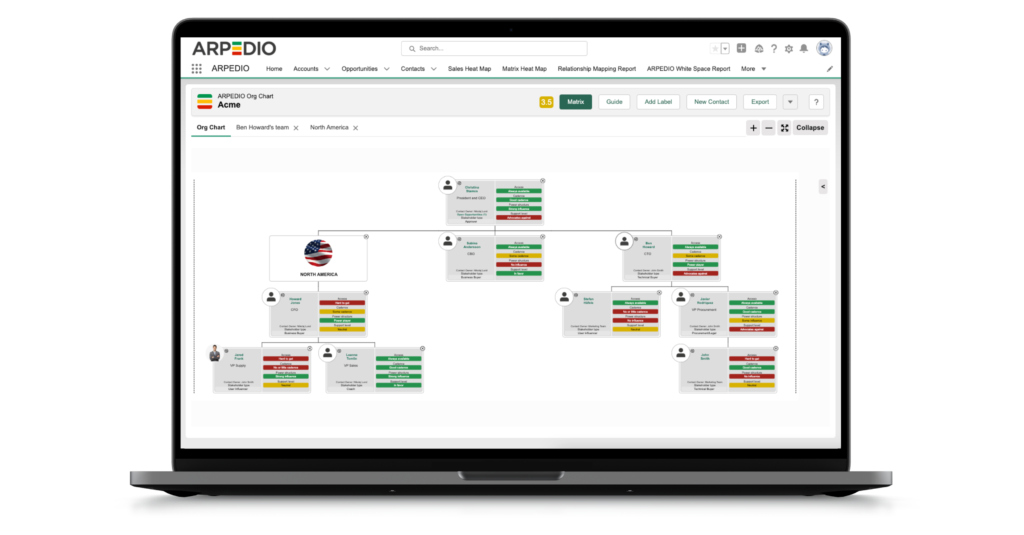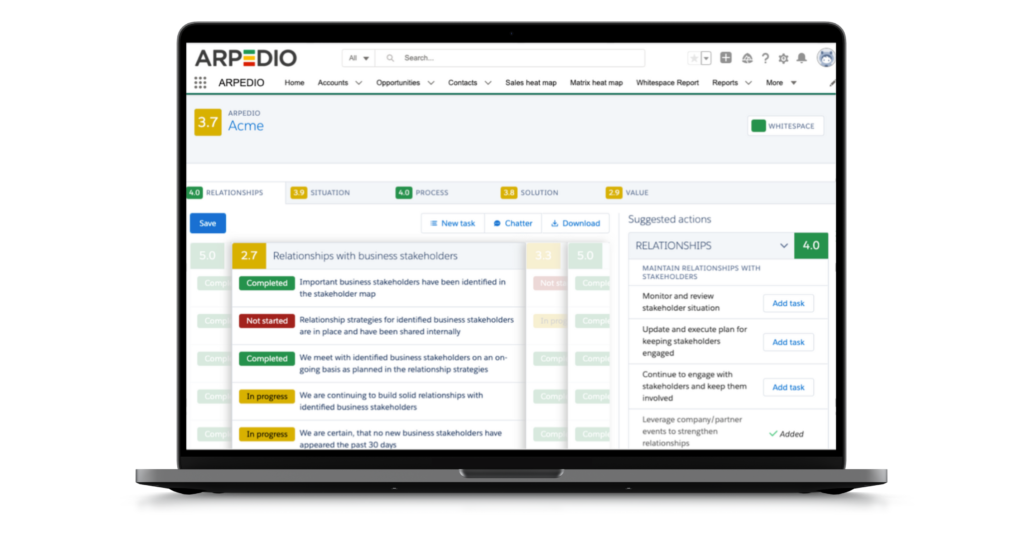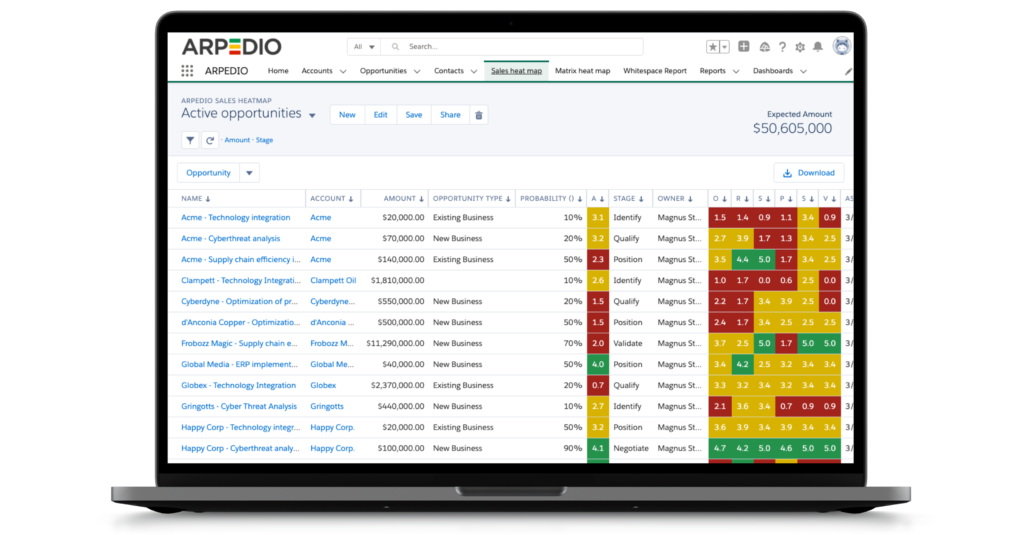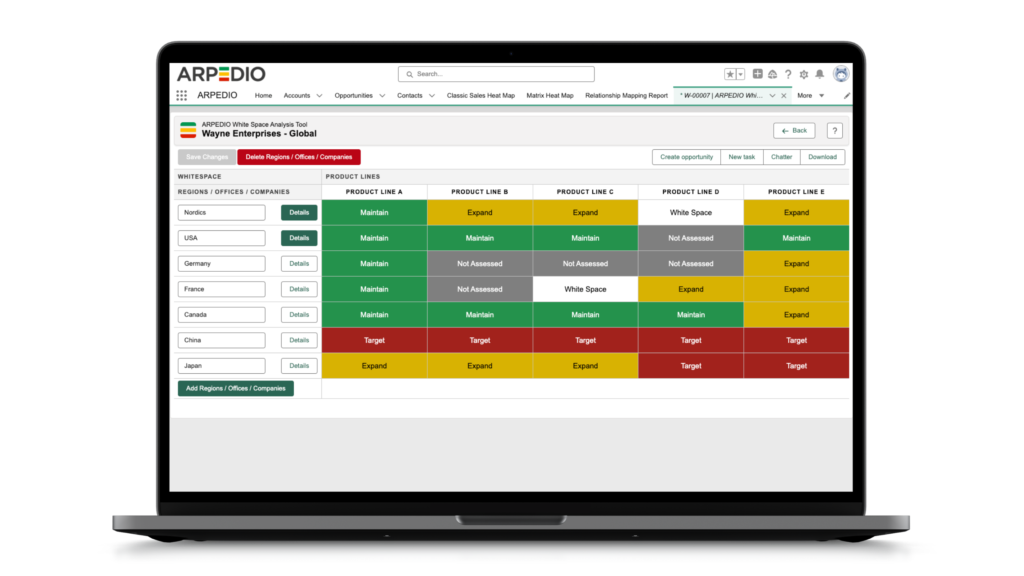What is Business Relationship Management?
Business Relationship Management (BRM) is a strategic approach that focuses on fostering and maintaining mutually beneficial relationships between an organization and its business partners, stakeholders, customers, and other entities.
At its core, BRM aims to align business objectives and strategies with the needs and expectations of various stakeholders, ensuring that all parties derive value from their interactions and collaborations. BRM encompasses a range of activities, including communication, collaboration, negotiation, and conflict resolution, all aimed at cultivating strong and productive relationships.
Key aspects of Business Relationship Management include:
Understanding Stakeholder Needs: BRM involves understanding the needs, goals, and expectations of stakeholders, including customers, partners, suppliers, and internal teams. This understanding forms the basis for building relationships that are mutually beneficial.
Building Trust and Rapport: BRM focuses on establishing trust and rapport with stakeholders through transparent communication, reliability, and integrity. Trust is essential for fostering long-term relationships and achieving shared objectives.
Facilitating Collaboration: BRM facilitates collaboration and cooperation among various stakeholders to drive innovation, problem-solving, and value creation. By bringing together diverse perspectives and expertise, BRM enables organizations to achieve collective goals more effectively.
Managing Relationships: BRM involves actively managing relationships with stakeholders throughout their lifecycle, from initial engagement to ongoing support and beyond. This includes identifying key contacts, maintaining regular communication, and addressing issues or concerns promptly.
Driving Business Value: Ultimately, the goal of BRM is to drive business value by aligning organizational objectives with stakeholder needs and priorities. By nurturing positive relationships and delivering value to all parties involved, BRM contributes to the success and sustainability of the organization.
Overall, Business Relationship Management plays a crucial role in building and maintaining relationships that are essential for the success and growth of an organization in today’s interconnected business landscape.
Understanding Stakeholder Relationships
Identifying Key Stakeholders
Identifying key stakeholders is a critical step in Business Relationship Management (BRM). Stakeholders are individuals, groups, or organizations that have an interest or stake in the success of a project, initiative, or organization. These stakeholders can include internal stakeholders such as employees, executives, and departments, as well as external stakeholders such as customers, suppliers, partners, regulators, and communities.
To identify key stakeholders, organizations must conduct thorough stakeholder analysis, which involves identifying and categorizing stakeholders based on their level of influence, interest, and involvement in the business. This analysis helps organizations prioritize their engagement efforts and allocate resources effectively.
Understanding Stakeholder Needs and Expectations
Once key stakeholders are identified, it’s essential to understand their needs, expectations, and concerns. Stakeholder needs and expectations can vary widely depending on their roles, objectives, and relationships with the organization. Therefore, organizations must engage with stakeholders proactively to gather insights into their requirements and preferences.
Overall, understanding stakeholder relationships involves identifying key stakeholders and gaining a deep understanding of their needs, expectations, and concerns. This foundational knowledge forms the basis for building strong and mutually beneficial relationships with stakeholders, which is essential for the success of any organization.
Relationship Management inside of Salesforce
ARPEDIO’s Relationship Mapping solution, integrated with Salesforce, facilitates enhanced stakeholder relationship management. It provides tools for mapping and assessing relationships, offering insights and actionable strategies for effective engagement. This solution helps sales teams monitor engagement, improve collaboration, and track communication with key stakeholders, ensuring transparency and alignment in stakeholder interactions. Its use of AI and dynamic org charts aids in making data-driven decisions and visualizing connections, enhancing relationship building and management in Salesforce.
The Role of BRM in Driving Business Value
Facilitating Innovation and Problem-Solving
Business Relationship Management (BRM) plays a crucial role in facilitating innovation and problem-solving within organizations. By fostering collaborative relationships with stakeholders, BRM encourages the exchange of ideas, insights, and perspectives that drive innovation and creativity. Through open communication channels and collaborative initiatives, BRM enables organizations to identify new opportunities, address challenges, and develop innovative solutions to meet the evolving needs of their stakeholders and the market.
Enhancing Customer Satisfaction and Loyalty
One of the primary objectives of Business Relationship Management (BRM) is to enhance customer satisfaction and loyalty. By understanding and prioritizing the needs and expectations of customers, BRM helps organizations deliver value-added products, services, and experiences that exceed customer expectations. Through proactive engagement, personalized communication, and responsive support, BRM strengthens customer relationships, builds trust, and fosters loyalty, resulting in increased customer retention, advocacy, and lifetime value.
Improving Efficiency and Effectiveness of Business Operations
Business Relationship Management (BRM) contributes to the improvement of efficiency and effectiveness in business operations by streamlining processes, optimizing resources, and enhancing collaboration across organizational functions and stakeholders. Through clear communication, shared objectives, and coordinated efforts, BRM enables organizations to align their operations with the needs and priorities of their stakeholders, reducing redundancies, minimizing errors, and maximizing productivity. By leveraging insights from stakeholder relationships, BRM helps organizations identify opportunities for process improvement, innovation, and optimization, driving operational excellence and sustainable business performance.
Implementing Business Relationship Management Practices
Establishing BRM Processes and Frameworks
Establishing robust Business Relationship Management (BRM) processes and frameworks is essential for effectively managing relationships with stakeholders. Organizations should define clear guidelines, procedures, and protocols for engaging with stakeholders, managing communication channels, and resolving conflicts. By formalizing BRM processes and frameworks, organizations can ensure consistency, accountability, and alignment across departments and stakeholders, enabling them to build and maintain productive relationships that drive business success.
Developing BRM Skills and Competencies
Developing BRM skills and competencies among employees is critical for the successful implementation of Business Relationship Management practices. Organizations should invest in training programs, workshops, and resources to enhance employees’ abilities in areas such as communication, negotiation, conflict resolution, and stakeholder management. By providing employees with the necessary skills and competencies, organizations can empower them to effectively engage with stakeholders, build trust, and deliver value, ultimately strengthening relationships and driving business outcomes.
Leveraging Technology for BRM Success
Leveraging technology is key to achieving success in Business Relationship Management. Organizations should utilize Customer Relationship Management (CRM) systems, collaboration platforms, and ARPEDIO Relationship Mapping solution to streamline BRM processes, centralize stakeholder information, and track interactions and engagements. Additionally, organizations can leverage analytics and reporting capabilities to gain insights into stakeholder preferences, behaviors, and trends, enabling them to tailor their approaches and strategies accordingly. By harnessing the power of technology, organizations can enhance efficiency, effectiveness, and outcomes in their BRM initiatives, ultimately driving business growth and success.
Challenges and Solutions in Business Relationship Management
Addressing Conflicting Stakeholder Interests
Conflicting stakeholder interests can pose significant challenges in Business Relationship Management (BRM), especially in complex and diverse organizational environments. Stakeholders may have different priorities, objectives, and agendas, leading to conflicts of interest that can hinder collaboration and decision-making. To address conflicting stakeholder interests, organizations should facilitate open dialogue and negotiation, identify common goals and areas of alignment, seek win-win solutions that balance stakeholders’ needs and priorities, and establish clear guidelines for resolving conflicts. By fostering a collaborative and inclusive approach to addressing conflicting interests, organizations can mitigate tensions, build consensus, and foster productive relationships with stakeholders.
Managing Complex Relationships and Dynamics
Managing complex relationships and dynamics among stakeholders is another challenge in Business Relationship Management (BRM). Stakeholder relationships can be influenced by various factors such as power dynamics, competing interests, historical tensions, and organizational politics, making them inherently complex and dynamic. To manage complex relationships effectively, organizations should invest in building trust, fostering transparency, and promoting collaboration among stakeholders. Additionally, organizations should leverage conflict resolution techniques, establish clear roles and responsibilities, and develop strategies for managing expectations and mitigating risks. By proactively addressing complex relationships and dynamics, organizations can navigate challenges more effectively, strengthen relationships, and drive positive outcomes in their BRM initiatives.
Conclusion
In conclusion, Business Relationship Management (BRM) plays a pivotal role in driving business success by fostering strong and mutually beneficial relationships with stakeholders. By understanding stakeholder needs, aligning objectives, and delivering value, organizations can enhance innovation, customer satisfaction, and operational efficiency. However, implementing BRM practices comes with its challenges, including communication barriers, conflicting interests, and complex dynamics. Nonetheless, by overcoming these challenges through proactive communication, collaboration, and conflict resolution, organizations can unlock the full potential of their relationships and achieve sustainable growth. Ultimately, embracing BRM principles and practices enables organizations to build trust, foster loyalty, and drive positive outcomes for all stakeholders involved.











